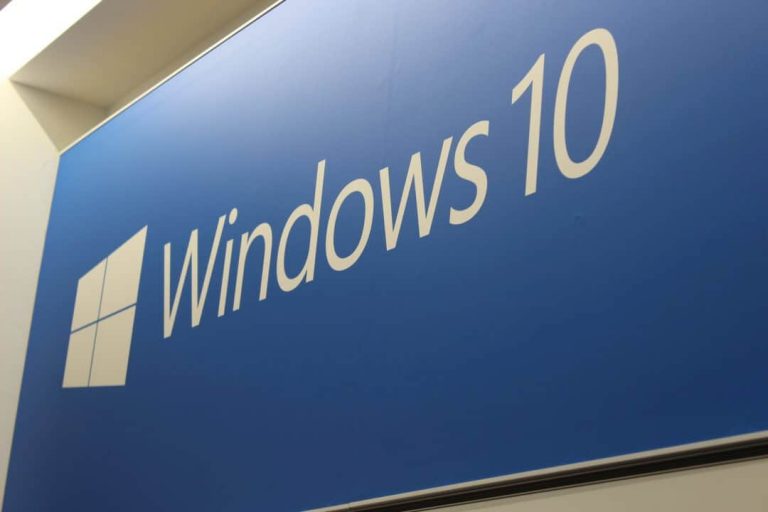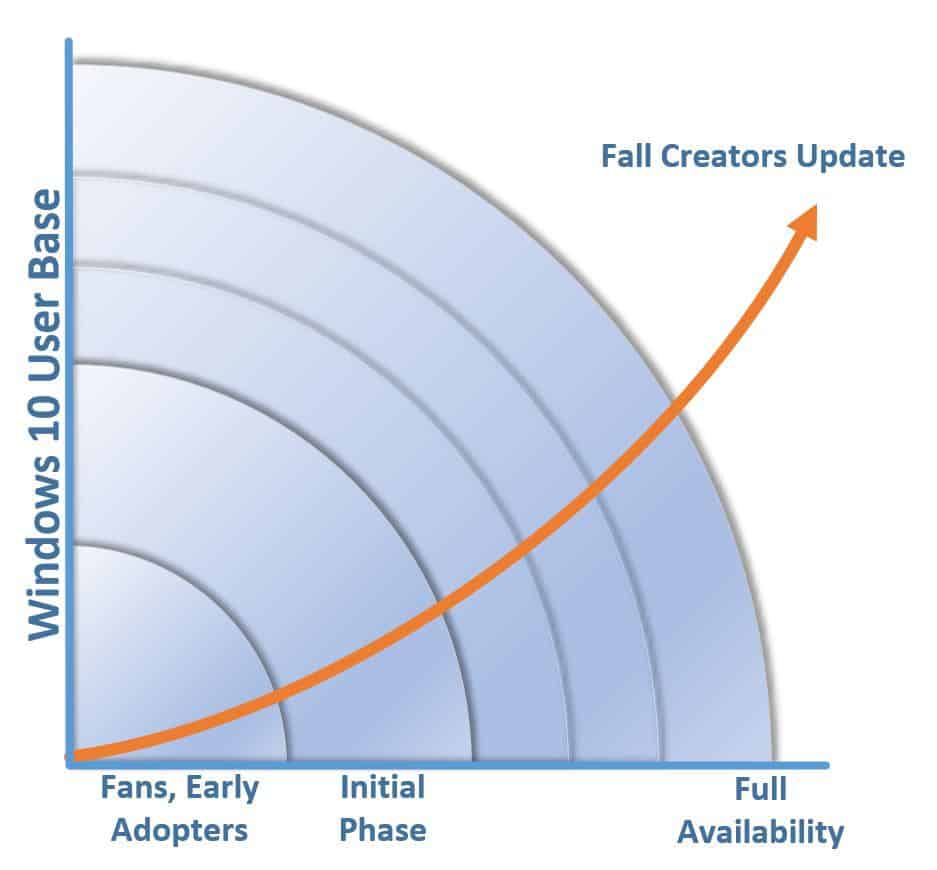The Windows 10 Fall Creators Update was released last Tuesday, and today Microsoft is giving users a closer look at how the featured update is being rolled out in phases. This is all part of the company’s plans to push out the update as quickly as possible, while also ensuring the best possible update experience for everyone across the world on multiple types of PCs.
First of all, the Phased Rollout approach starts with PCs which Microsoft believes will have the best update experience. According to John Cable, Director of Program Management, Windows Servicing and Delivery, this allows Microsoft to “get focused feedback on application compatibility and how Windows works with the rich ecosystem of available peripherals like Bluetooth devices or cameras.”
Feedback from fans and those who installed the update early is also monitored, helping Microsoft decide when they can accelerate the release. As feedback increases, this process is then repeated until all devices have the Fall Creators Update.
Another part of Phased Rollout Approach is an increase of the device types used to test the Windows 10 Fall Creators Update. Microsoft worked together with their OEM device and ISV app partners to ensure that the best experience was being delivered.
Lastly, Microsoft is recommending IT administrators also roll out the Fall Creators Update in phases. Part of the Semi-Annual Channel release, this allows admins to validate that apps, devices, and infrastructure will work well with the new release. Ultimately, as the validation increases, more deployments can occur, and devices can take advantage of Windows Update for Business (WUfB) and automatically get migrated to this Semi-Annual Channel feature update.
Since many early adopters have been reporting issues with the Fall Creators Update, this system is great for those who like to be conservative and not install new updates right away. At the same time, it also helps smash bugs and is great for those who like to be active and help Microsoft build a better version of Windows 10.



